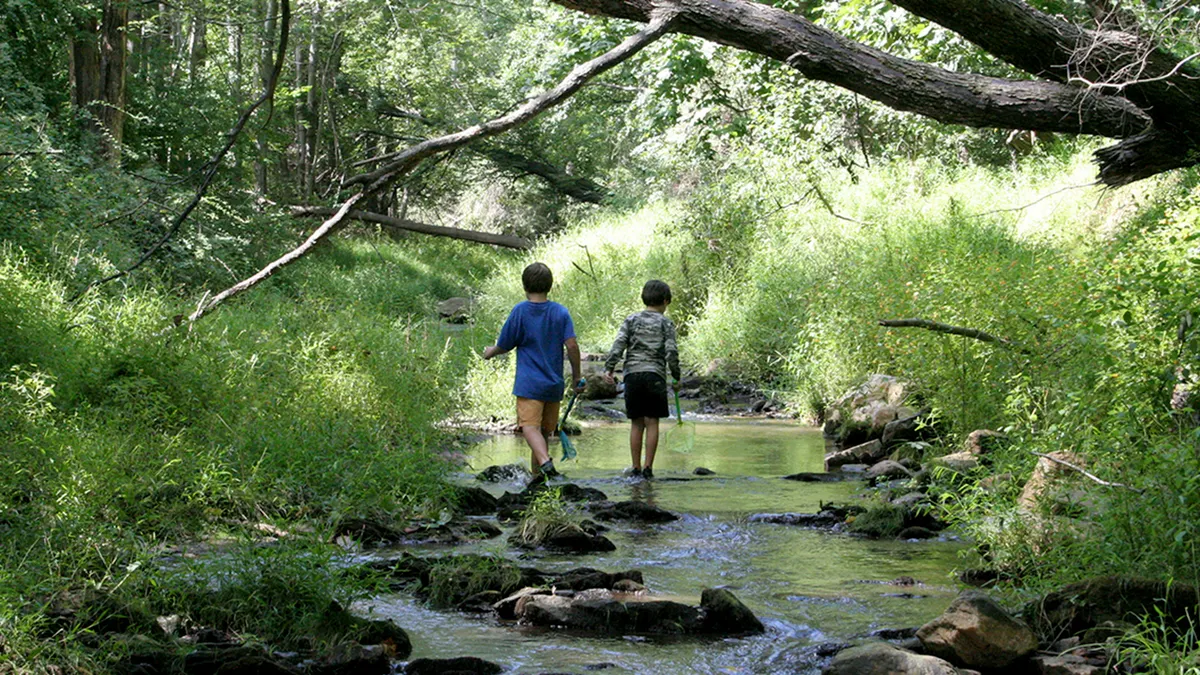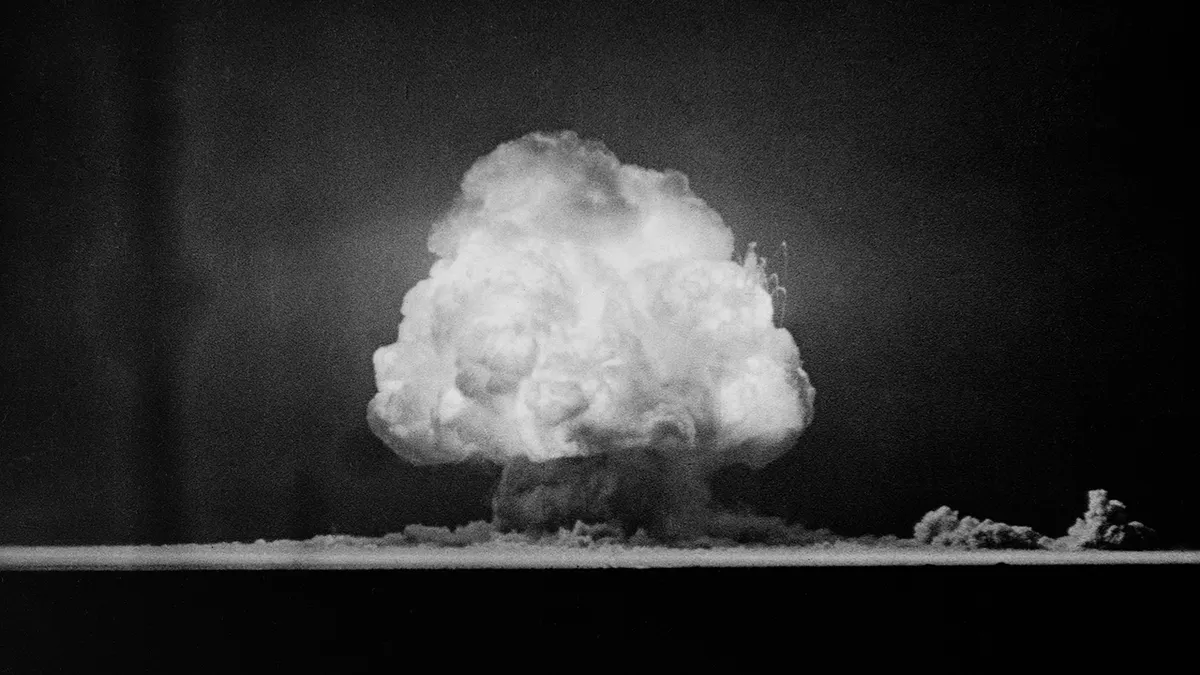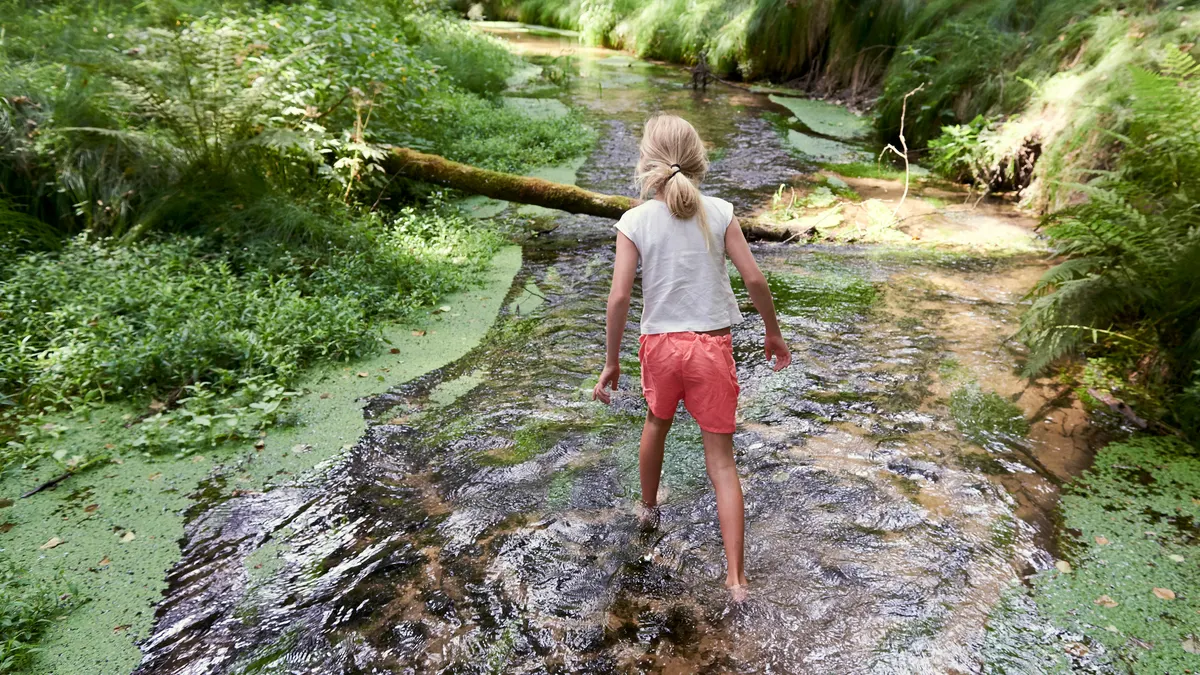A Missouri creek has allegedly led to a higher risk of cancer in neighboring residents.
Coldwater Creek, a Missouri River tributary north of St. Louis, has been a known radioactive waste site since the 1980s.
Researchers have now confirmed that exposure to the creek, which is said to be polluted with nuclear waste from the development of the first atomic bomb, has led to an increased incidence of cancer for people who were children in the area between the 1940s and 1960s.
MAN'S DEADLY BRAIN CANCER TUMOR DISAPPEARS AFTER EXPERIMENTAL DRUG TRIAL
A study from the Harvard T.H. Chan School of Public Health, which was published in JAMA Network, analyzed the data of 4,209 participants who lived near Coldwater Creek.
The data was originally gathered for a previous study on childhood radiation exposure.

Participants who lived in the Greater St. Louis area between 1958 and 1972 shared their cancer diagnoses, which allowed researchers to calculate risk based on their proximity to the creek.
The researchers found an elevated risk of cancer in a long-term follow-up, with those who lived closest to the creek reporting a higher incidence of most cancers.
In total, 24% of study participants reported having cancer. Of those, 30% lived less than one kilometer away from the creek, 28% lived between one and five kilometers away, 25% lived between five and 20 kilometers away, and 24% lived more than 20 kilometers away.
Corresponding author Marc Weisskopf, professor of environmental epidemiology and physiology at Harvard T.H. Chan School of Public Health, commented on these findings in a press release.
CHILDREN EXPOSED TO HIGHER FLUORIDE LEVELS FOUND TO HAVE LOWER IQS, STUDY REVEALS
"Our research indicates that the communities around North St. Louis appear to have had excess cancer from exposure to the contaminated Coldwater Creek," he said.
"These findings may have broader implications — as countries think about increasing nuclear power and developing more nuclear weapons, the waste from these entities could have huge impacts on people’s health, even at these lower levels of exposure."

This study accompanies Congress’ passing of an expanded version of the Radiation Exposure Compensation Act (RECA), as part of President Trump’s Big Beautiful Bill.
The act will allow Americans, including Coldwater Creek residents, to receive compensation for medical bills associated with radiation exposure, the researchers noted.
TO SIGN UP FOR OUR HEALTH NEWSLETTER
Local agencies have become increasingly concerned about cancer prevalence in the area, prompting the push for further research beyond the U.S. government’s acknowledgment of the pollution four decades ago.
The contamination originally occurred due to the Manhattan Project and Mallinckrodt Chemical Works, which processed and refined uranium in St. Louis, according to the study.

The radioactive material was moved out of the major U.S. city and into the more rural area near Coldwater Creek, where it was stored in uncovered drums on the ground and exposed to the elements, allowing contaminants to leach into the nearby creek.
The researchers noted that communities downstream from Coldwater Creek had potentially been exposed to the ionizing radiation during recreational activities, such as playing in the creek, and residential activities, like breathing in dust suspended from the soil when gardening.
For more Health articles, visit www.foxnews.com/health
The study did have some limitations, the researchers acknowledged, including its small sample size and reliance on self-reported cancer outcomes.
The potential carcinogenic impact of creek exposure warrants further research to confirm the findings, the team concluded.
Co-author Michael Leung, PhD, post-doctoral research fellow at Harvard's Department of Environmental Health, reflected on the findings in an interview with Fox News Digital.

"Our study found that children in the 1940s to 1960s who lived near Coldwater Creek, which was contaminated by radioactive waste from the development of the first atomic bomb, had a 44% higher risk of cancer compared to those living further than 20 kilometers away," he confirmed.
"Our findings coincide with Congress passing an expanded version of the Radiation Exposure Compensation Act, and gives further credence to the health concerns of St. Louis area-residents about the contaminated creek," Leung went on.
"We hope these findings will support public health measures for affected communities, as well as ongoing efforts to remediate the creek."
Heart health is crucial for overall well-being. Learn how to keep your heart healthy with these simple lifestyle changes, expert tips, and the latest medical advancements.